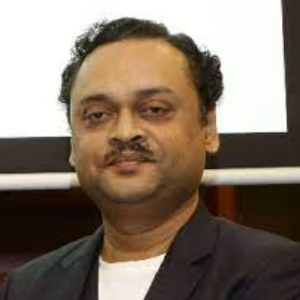Title : My evolution as a hypospadiologist
Abstract:
Introduction: Last 20 years, I operated more than 1000 cases of hypospadias in my centre. When I started 20 years ago, I did the operations exactly as described by stalwarts in hypospadiology as Dr Henry Duckett, Dr Warren Snodgrass, but failed to give me any significant results. Hypospadias was considered as a mystery. Majority of surgeons thought that no matter what we do, there is a failure in hypospadias surgery. I did my research and did a lot of modifications in the technique of hypospadias surgery which improved my success rate from 60% to 99%. Materials and methods: I performed about 1000 cases of hypospadias in my centre in last 20 years. I developed following techniques for hypospadias surgery which are reported for the first time in the medical literature. I did 10 modifications in the Tabularised incised plate urethroplasty (Snodgrass technique) and improved success rate to 99.9%. I call it as Ten Commandments of hypospadias surgery. I performed 512 operations with this technique. I developed a new operation called Urethral Pull Up Operation for distal and mid-penile hypospadias and performed 75 cases with it. I further modified it and labelled it as modified urethral pull up operation with “Glans tunnel” and performed 25 cases with it. I developed “Appendicular mucosal tube implant with Dartos wrap operation for Proximal hypospadias and performed 22 cases with the technique. For proximal hypospadias I developed a new technique where the urethral plate is dissected off the penis, chordee corrected and the urethral plate repositioned. I performed 25 cases with this technique. I developed a technique of Laser Tissue welding in hypospadias surgery. Results: My success rate which was barely 60 % went up-to 99 % with the above techniques. Conclusions: Research and development in hypospadias surgery had a dramatic effect on the success rate of hypospadias surgery. By the understanding of basic principles of surgery and wound healing, I was able to solve the mystery of hypospadias surgery. We must try and evolve and develop new techniques for the welfare of hypospadias patients.



